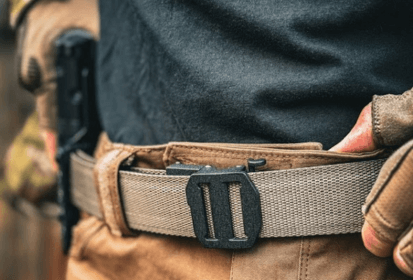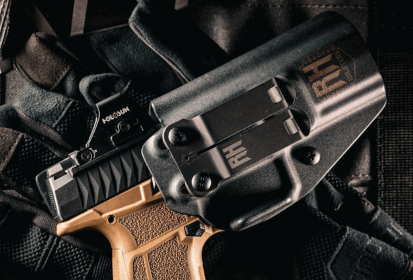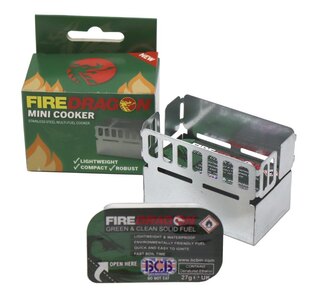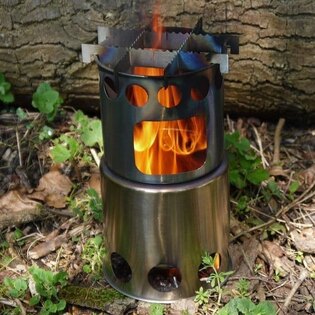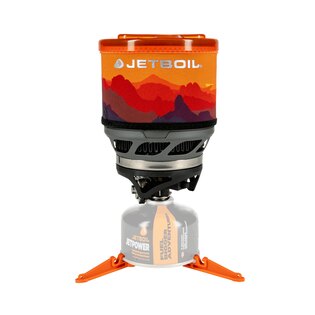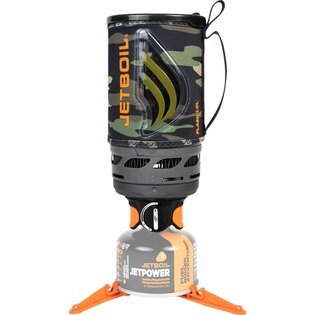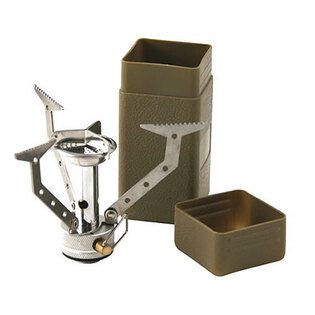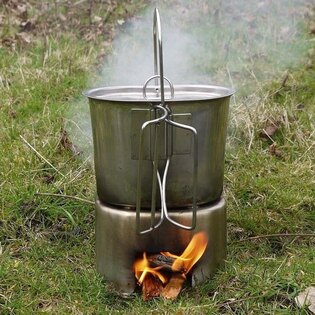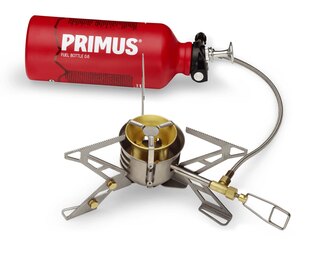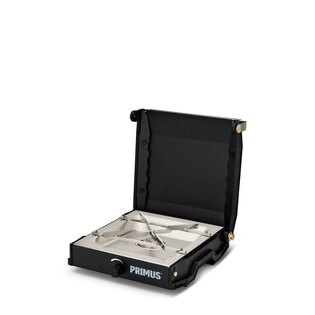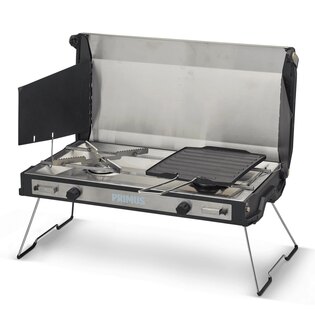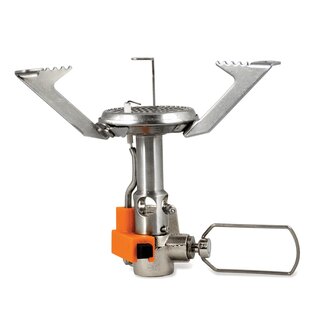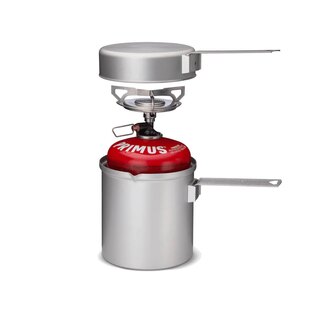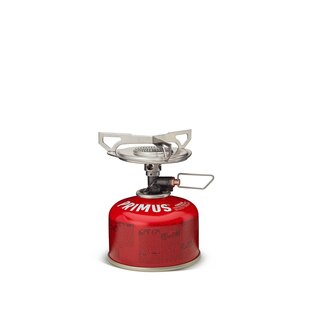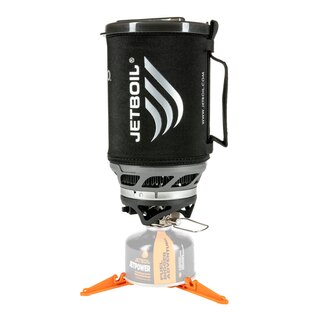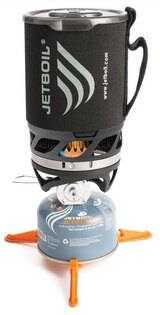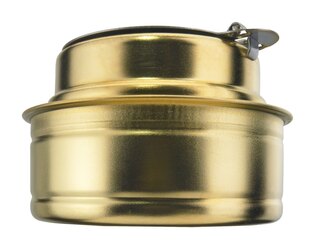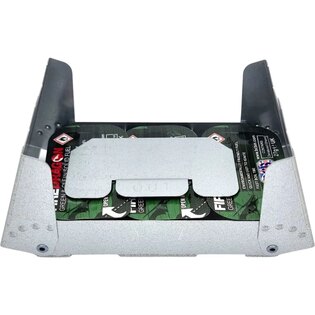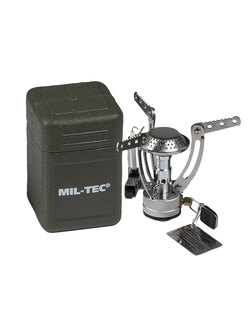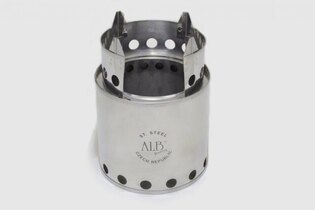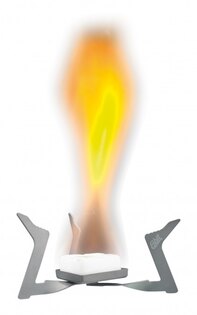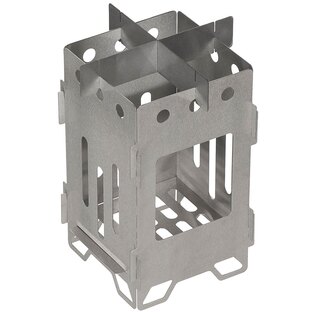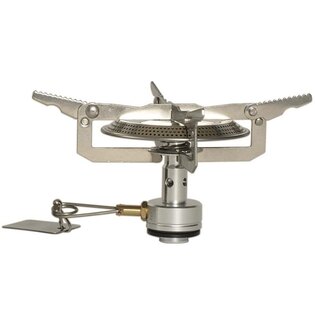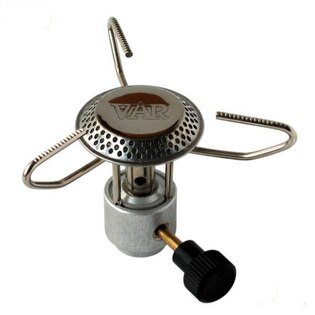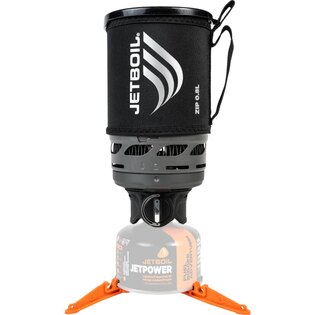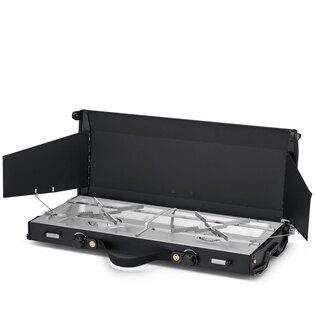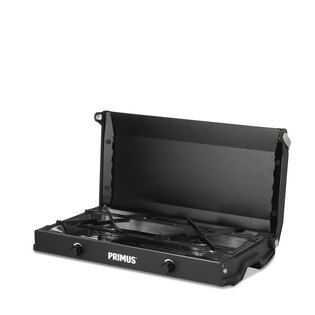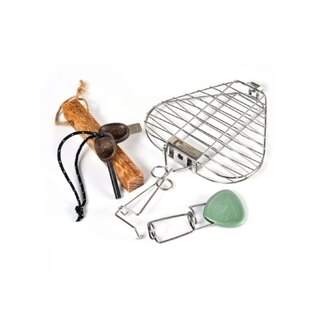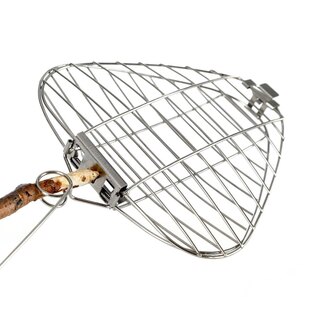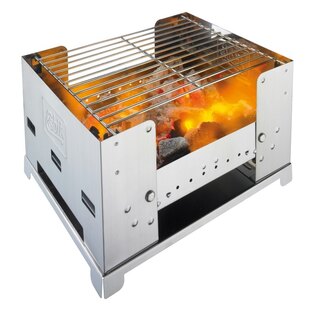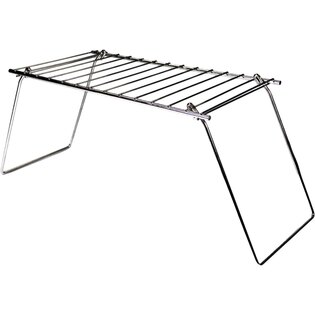It's the season of outdoor grilling and cooking!
Summer is coming and with it, what we have long been waiting for: camping and grilling season! Whether you're going on a trek, camping by the water, or want to grill something luxurious on the grill over the fire instead of the obligatory steaks, you can handle anything with our equipment. From a quick coffee at a rock lookout or in the rain under a shelter to a Michelin-starred menu in front of the tent. You just need to pack the right stove or grill and enough imagination.
You can rely on your masterful cooking skills in nature – you can also cook on a hot stone, in ashes, a thermal spring or a dug pit. Today, however, we will focus on proper outdoor equipment and compare different types of stoves that make cooking outdoors a piece of cake.
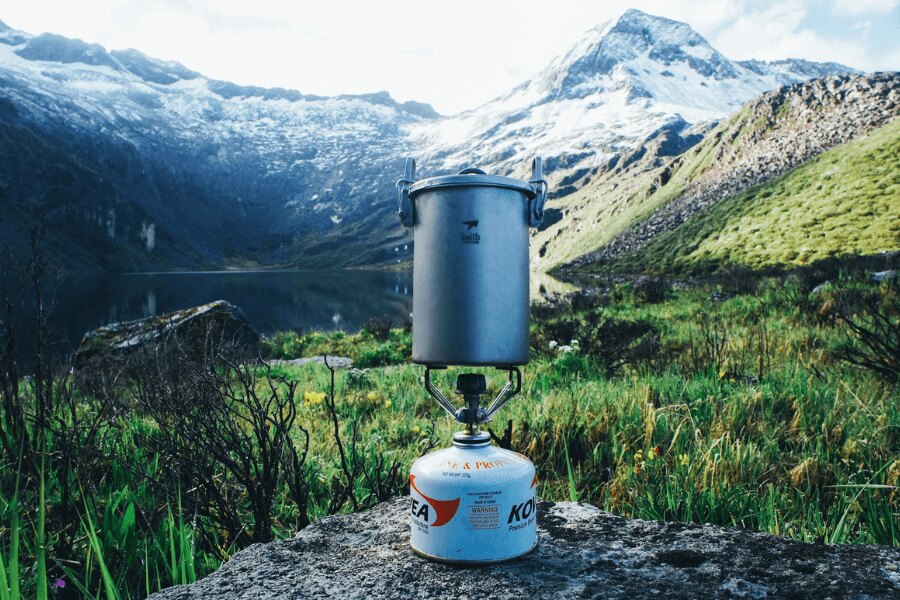
Gas stoves are lightweight, compact and versatile.
You can find inspiration for outdoor specialties here:
Now all that remains is to choose the right equipment. What can Rigad recommend?
Before you start picking
Just like every time we choose outdoor equipment, a few basic questions come to mind right from the start, which will help you better navigate the wide range:
Where are you going?
In Europe or developed or tourist-visited countries, you can get by with a gas stove, finding a gas cartridge in a store should not be a problem, and you often come across unused cartridges in campsites or mountain huts. In more remote areas, on the other hand, it pays to bet on gasoline, which you can get much more easily and almost everywhere.
What conditions will you be cooking in?
In the summer, you don't have to deal with the conditions as much. It's the perfect time to test anything. However, if you are looking for a universal stove that you can take with you even in the snow in the winter, then we recommend giving preference to a gasoline one. The gas cartridge loses pressure at low temperatures and must therefore be kept warm.
But if you don't mind sub-freezing temperatures, the gas stove is great for travel, camping, one-day events and thru-hiking. Just pack a suitable cartridge and some lightweight and compact dishes.
You can take a wood-burning stove where there is free space and enough wood. You can choose a different option for high-altitude hiking or a mountain hut.
When camping by the fire or perhaps fishing, you can easily do without a stove, and for a change you can use various hanging kettles, fire-resistant containers that you place directly in the hot ashes (don't forget good gloves), or reach for the grate on which you spread the goodies directly above the flames. It's the perfect situation for a barbecue. Also very attractive are small closing grates that are attached to a stick and you can "snap" into them, for example, freshly caught fish, steak or cheese in foil.
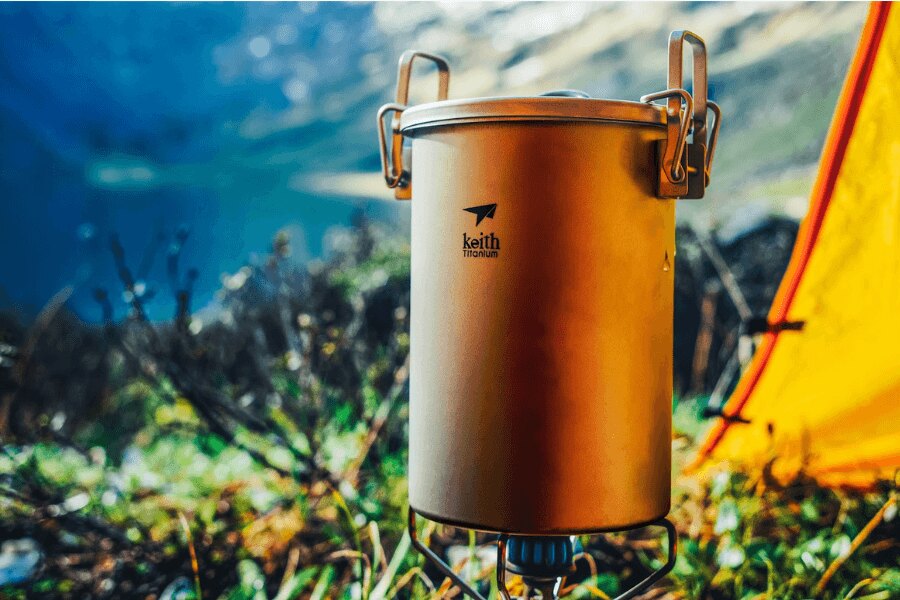
The choice of stove also depends on the countries and conditions you are going to.
Stoves: reliable and fast
1) Gas stoves
Gas stoves are lightweight, compact and versatile. Handling is easy even for beginners. The principle is that you connect a gas cartridge to the burner, turn the tap and light it. More sophisticated models have an integrated spark that works on a switch.
We distinguish between several basic types of gas stoves:
- With cartridge: a classic type of gas stove, where you carry a small and compact burner and light dishes with you. Then you simply add and screw the gas cartridge to the burner.
- Cooking system: a compact system consisting of a cartridge, a cooker and a container. It represents the most efficient solution with low gas consumption. It is especially suitable for quickly heating water and pouring coffee or dehydrated food, but you can also cook in it. It is also suitable for multi-day treks, light travel or alpine tourism. A classic representative is the popular Jetboil.
- With a free-standing cartridge: a variant in which the gas cartridge is not screwed directly to the stove, but is connected on a hose and stands alone. The advantage of this system is higher stability, it is also more suitable for winter conditions, when it is easier to keep the free-standing cartridge warm. When the gas runs out, you can turn the cartridge upside down and "mine" the last remnants from it.
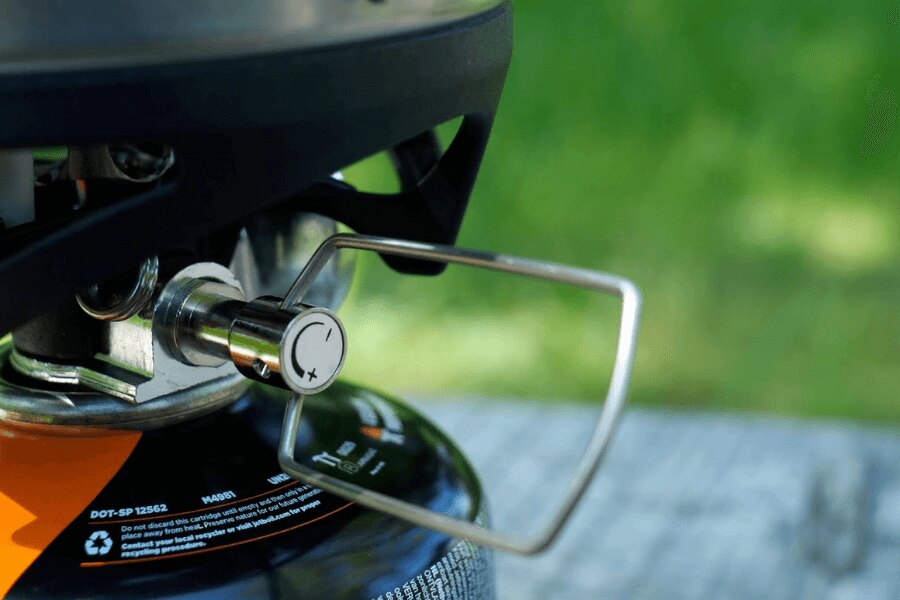
Controlling gas stoves is very simple and even a beginner can handle it.
Advantages:
- Low weight.
- Easy handling.
- Lower purchase price for basic types (compared to a gasoline stove).
- Continuous flame regulation.
Disadvantages:
- You can't get a gas cartridge everywhere, and for safety reasons you can't carry it on the plane.
- When buying new cartridges, the operation becomes more expensive.
2) Gasoline (petrol) stoves
The advantage of a gasoline stove is that it "swallows everything that burns and flows", i.e. technical gasoline as well as the one pumped at a gas station, kerosene or diesel. So you can find fuel for this stove much more easily, even in more remote areas where you would look for a gas cartridge in vain. You can also find several "amphibians" on the market that burn both gasoline and gas.
A gasoline stove is overall more stable and reliable, and above all, it never freezes. It is the best choice for high mountains or winter conditions. It takes a bit of practice to use it, you usually have to "prime" it before use, e.g. with a pressure pump.
The nozzle is a critical part of a gasoline stove. You usually have several different sizes available and it is important to always choose the one with the correct marking (e.g. K - kerosene, IG - technical or unleaded gasoline). Different fuels tend to have different quality and the nozzles can become clogged when they are burned. Some advanced models have a self-cleaning mechanism, which you will appreciate especially in countries where you can only get low-quality fuel full of impurities.
Advantages:
- You can get fuel almost anywhere, you have more options.
- Cheap operation and easy refueling.
- Suitable for frost and demanding conditions.
Disadvantages:
- It is heavier and bulkier.
- More demanding operation and maintenance.
- Clogging of nozzles.
- Continuous flame regulation is missing.
- Higher purchase price.
3) Wood-burning stoves
Many people consider wood stoves useless – they can start a fire right away. But that is not entirely true. While for a decent fire you first have to prepare a hearth, chop wood, prepare tinder, etc., you can set up a woodburner anywhere and you can feed it with twigs that you collect around you. It's actually such a quick instant fire pit. In short, it has its own charm. In addition, looking into the fire has a great psychological effect, especially when you are hungry and frail and it is cold and damp outside.
Another frequent argument is that "no one will drag the stove with them". However, this is not true either, most modern wood-burning stoves have a very lightweight and compact package and they are also easy to assemble and disassemble.
In addition, the chimney effect helps when cooking, even if the power itself is relatively low. Cooking on a wood stove is therefore not as fast and efficient as on a gas or gasoline stove, but it is still possible to cook on it, and if you choose the right location (in short, where there is enough wood and smoke is not a problem), you have enough fuel around you.
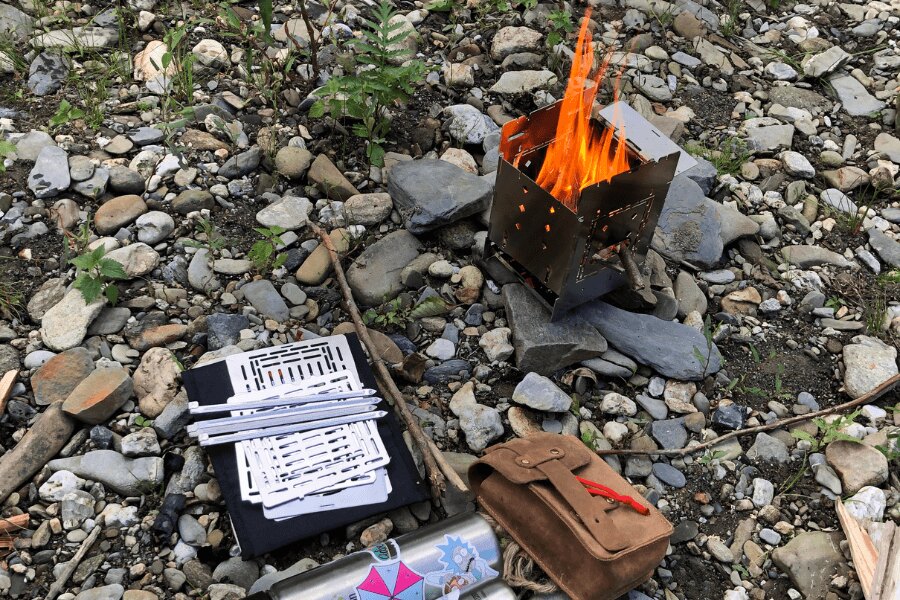
A wood-burning stove is basically a small portable fire pit.
Advantages:
- You don't need to carry fuel with you.
- You can also use it in winter (if you can find dry wood).
- Looking into the fire is calming, and you don't have to prepare a hearth.
Disadvantages:
- Smokes and creates ash, cannot be used indoors.
- There is no flame regulation (the flame can only be slightly regulated by the intensity of adding the wood).
- Unmasking fire effect.
- Lower power than a gas or gasoline stove.
- You need to choose a location where there is enough wood.
- You need to have some sort of lighter with you.
4) Alcohol cookers
Another alternative are stoves for solid or liquid alcohol. The advantage of alcohol cookers is their low price, ease of use and often also their pocket size. It cooks quietly and does not produce toxic fumes. If you look a little on the Internet, you will find plenty of instructions on how to make an alcohol cooker at home or in emergency conditions, for example from an old can.
These stoves are not very suitable for classic outdoor cooking, they are usually only sufficient for heating water. Cooking on an alcohol cooker also takes longer.
Advantages:
- They can also be used indoors.
- They do not smoke, they do not produce toxic fumes.
- Easy handling.
Disadvantages:
- Low performance.
- At lower temperatures, the performance decreases further.
- Poorly stored alcohol evaporates.
Make magic on the grill!
Grilling requires a little more preparation, but the results can be spectacular. If you have enough time and space to build a quality fire, you can let your imagination run wild and create treats in an endless number of variations. There's nothing better than fresh home-cooked food!
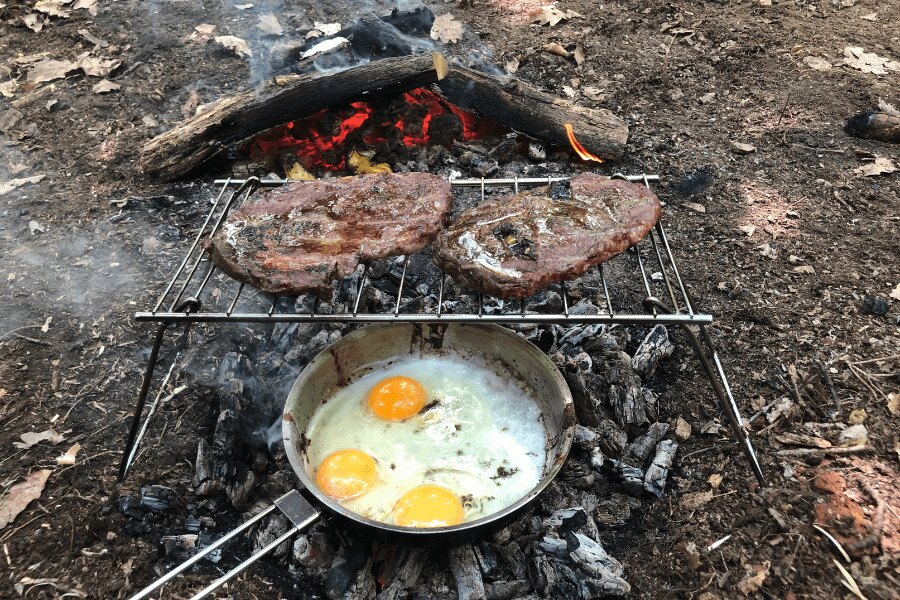
You simply place the grill grate over the fire. The rest is entirely up to you.
Cooking in nature is not only a necessary step to keep ourselves going. It can be fun or a social event with friends or random passers-by. And it doesn't have to be limited to frying small sausages on a stick or pouring hot water over instant soup.
The spectrum of outdoor grills is wide and ranges from simple folding grates that you place over the fire to sophisticated portable charcoal grills. Get inspired.
Our tips
1) Travel Light My Fire® FireGrill GrandPa's
This grill will take up a minimum of space in your backpack, but it can bring you a lot of fun. It does not include a holder, which is not a disadvantage, as you can easily replace it with any thin branch or stick, which are abundant in nature. Thanks to the absence of a holder, it is also very compact. You can then place any delicacy of your imagination on the grate – whether it's a juicy piece of meat, a sausage, larger pieces of vegetables or perhaps a catch from a wild river. Roasting on the fire thus acquires a completely new dimension.
2) ESBIT® BBQ300S portable folding charcoal grill
Do you want to experience a full-fledged barbecue even on the go with family and friends? Nothing is impossible. This grill is lightweight, compact and portable, always ready for quick use.
The grill and grate are made of high-quality stainless steel. You can place the grate in 3 different levels: the lowest for grilling on high heat, the middle for slower roasting and the highest for reheating. A practical charcoal package is included.
Readers are further interested
